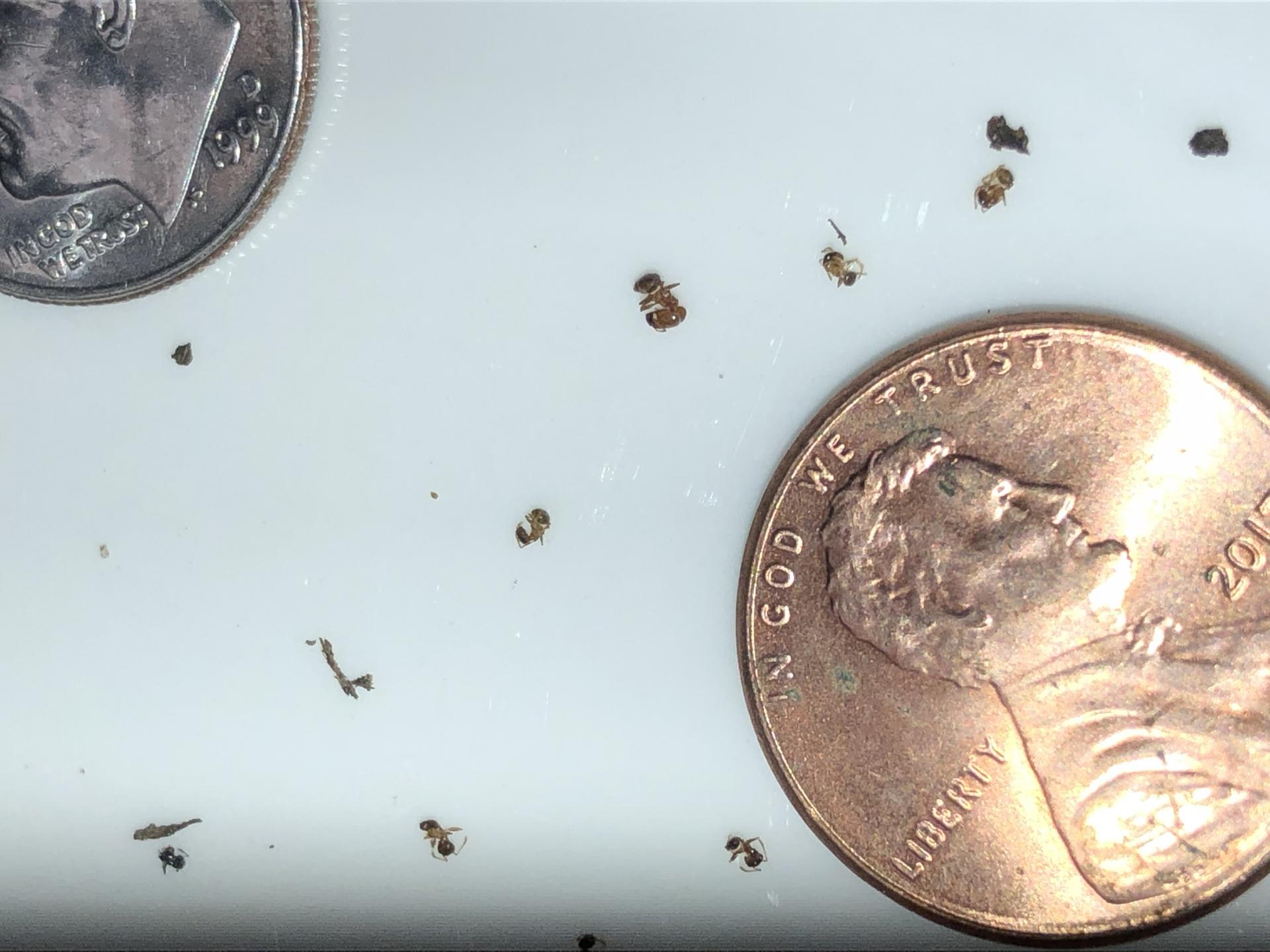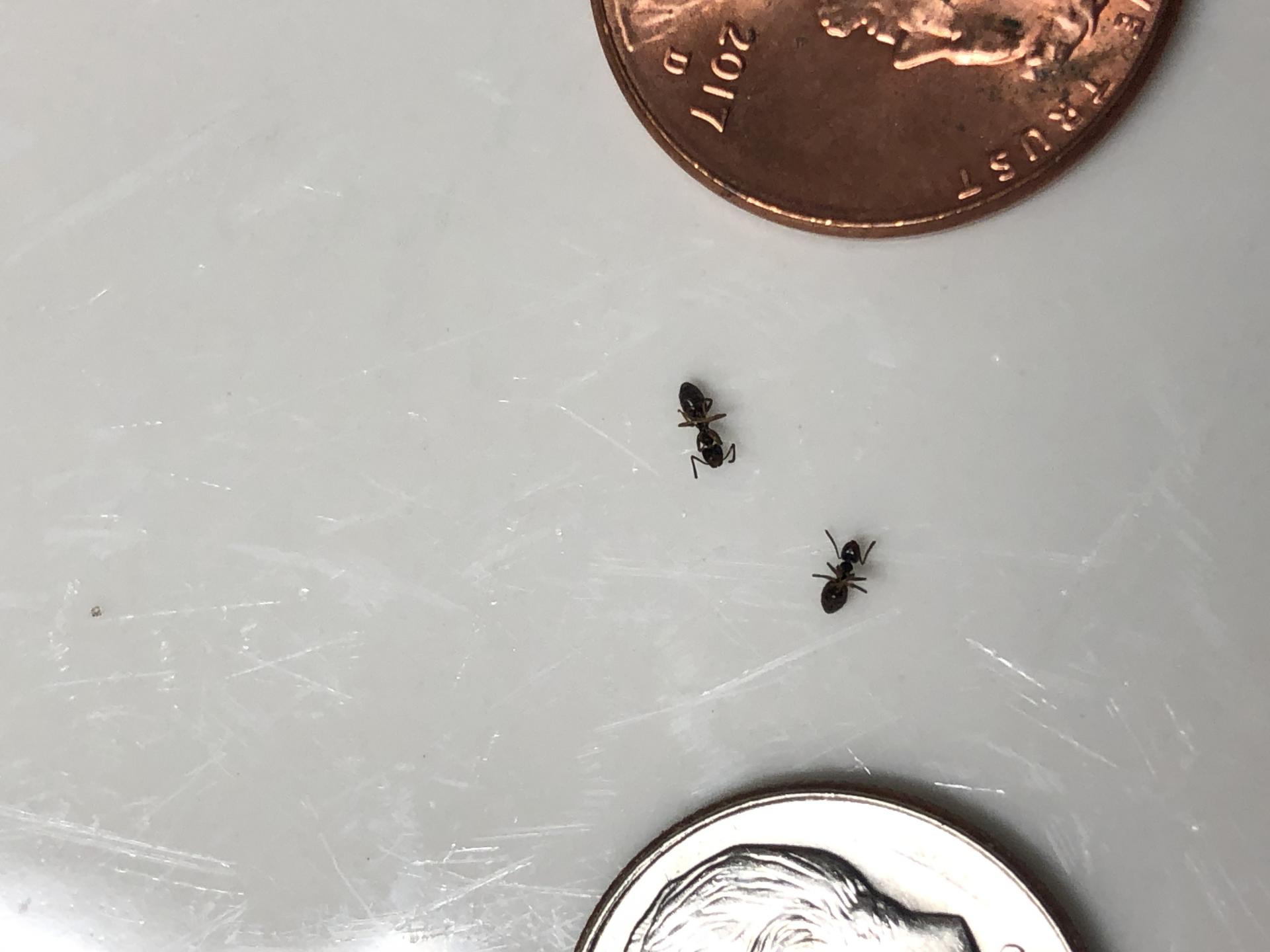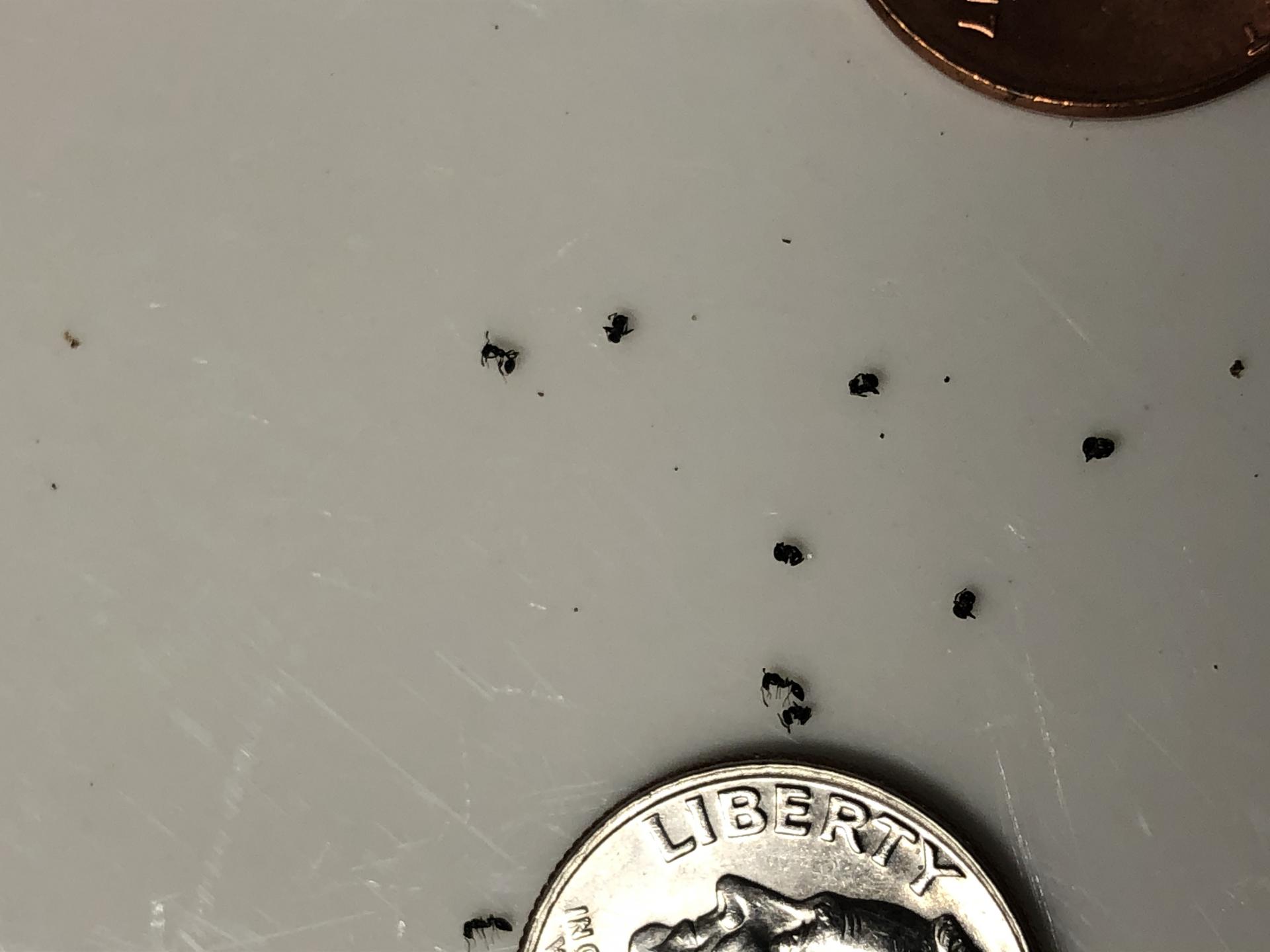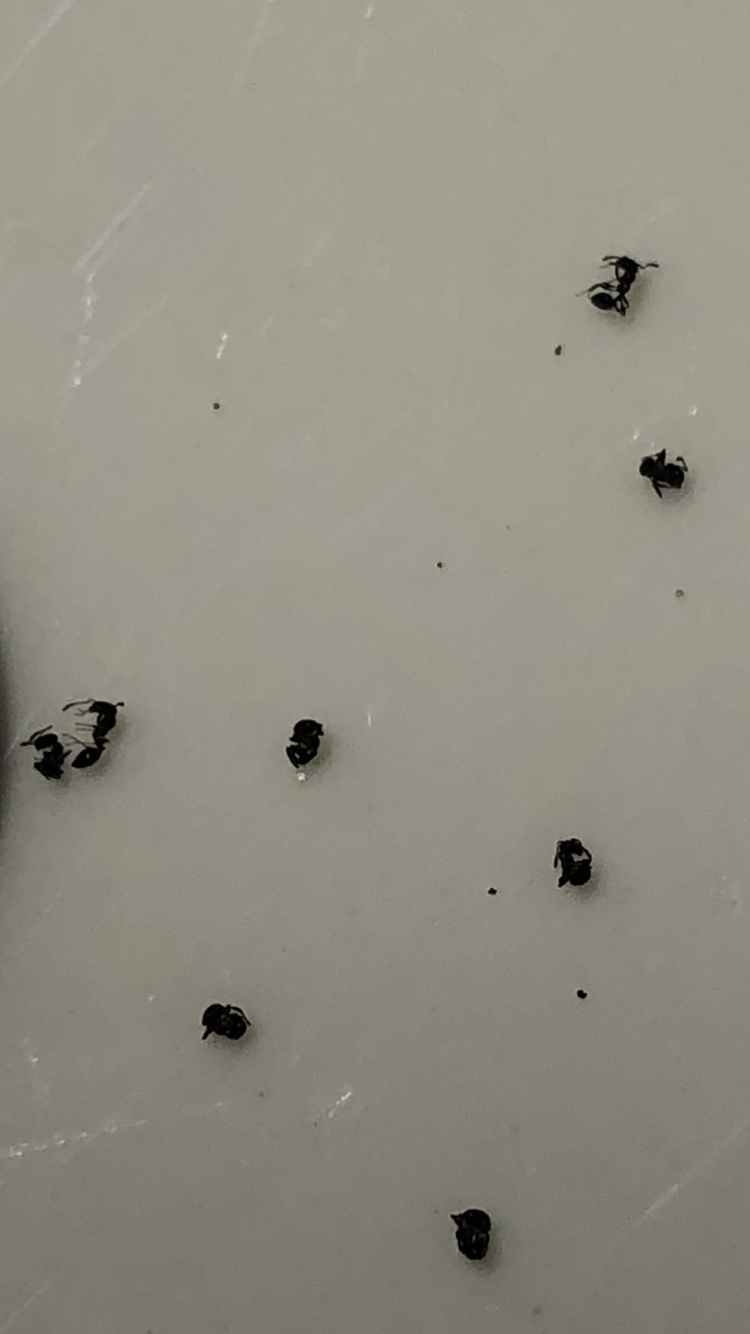- Formiculture.com
- Forums
- Gallery
- Members
- Member Map
- Chat
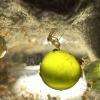
6 replies to this topic
#1
 Offline
-
Posted January 19 2020 - 1:35 PM
Offline
-
Posted January 19 2020 - 1:35 PM
1. Location (on a map) of collection: Gridley ca
2. Date of collection: 1-19-2020
3. Habitat of collection: under log in very moist soil
4. Length (from head to gaster): all very small (see pics)
5. Color, hue, pattern and texture:
6. Distinguishing characteristics: #2 smelled strong
7. Distinguishing behavior:
8. Nest description: under log
9. Nuptial flight time and date:
2. Date of collection: 1-19-2020
3. Habitat of collection: under log in very moist soil
4. Length (from head to gaster): all very small (see pics)
5. Color, hue, pattern and texture:
6. Distinguishing characteristics: #2 smelled strong
7. Distinguishing behavior:
8. Nest description: under log
9. Nuptial flight time and date:
#2
 Offline
-
Posted January 19 2020 - 1:45 PM
Offline
-
Posted January 19 2020 - 1:45 PM
The first species is some sort of Pheidole, likely P. bicarinata, the second species is Tapinoma sessile, and the third species seems to be some sort of Monomorium, though closer photos with better lighting would be very helpful.
Currently Keeping:
Camponotus chromaiodes, Camponotus nearcticus, Stigmatomma pallipes, Strumigenys brevisetosa, Strumigenys clypeata, Strumigenys louisianae, Strumigenys membranifera, Strumigenys reflexa, Strumigenys rostrata
#3
 Offline
-
Posted January 19 2020 - 1:58 PM
Offline
-
Posted January 19 2020 - 1:58 PM
That’s the best I can do.but my friend said same about first two.as for the third it is way smaller than the tetramorium I currently have but still possible and had 30-40 queens in the colony
#4
 Offline
-
Posted January 19 2020 - 2:33 PM
Offline
-
Posted January 19 2020 - 2:33 PM
The first species is some sort of Pheidole, likely P. bicarinata, the second species is Tapinoma sessile, and the third species seems to be some sort of Monomorium, though closer photos with better lighting would be very helpful.
Pheidole bicarinata because???
Edited by gcsnelling, January 19 2020 - 2:33 PM.
- Martialis likes this
#5
 Offline
-
Posted January 19 2020 - 3:57 PM
Offline
-
Posted January 19 2020 - 3:57 PM
The first species is some sort of Pheidole, likely P. bicarinata, the second species is Tapinoma sessile, and the third species seems to be some sort of Monomorium, though closer photos with better lighting would be very helpful.
Pheidole bicarinata because???
It was just a guess. P. bicarinata is one of the most common North American Pheidole, and the coloration and proportions seem to match. I'm not at all saying that's what they are, it was just a quick guess going off of what I'm seeing here, and I'm fully aware that more likely than not, these are a different species. In fact, the head of the major imaged seems to be too big for bicarinata, though bicarinata did earn the common name Variable Big-Headed Ant in Mark Deyrup's Ants of Florida, just due to how ridiculously variable the species can be, though, this does refer to the variable coloration. However (again), I did stumble across some majors today during sampling of my yard that did seem to have fairly large heads in comparison to the individuals I normally see, so there is likely at least some variability in head size, and body shape and proportions as a whole, which warrants a potential revision of the species as a whole and the reintroduction of some old subspecies names, or at least variations, though it is not exactly my place to decide that.
That’s the best I can do.but my friend said same about first two.as for the third it is way smaller than the tetramorium I currently have but still possible and had 30-40 queens in the colony
If the colony had 30-50 dealates present, then I am very confident in my ID of Monomorium. As for species, it is impossible to tell from these images, but California has three native Monomorium species that fit the images and description provided, minimum, ergatogyna, and viridium.
Currently Keeping:
Camponotus chromaiodes, Camponotus nearcticus, Stigmatomma pallipes, Strumigenys brevisetosa, Strumigenys clypeata, Strumigenys louisianae, Strumigenys membranifera, Strumigenys reflexa, Strumigenys rostrata
#6
 Offline
-
Posted January 19 2020 - 5:05 PM
Offline
-
Posted January 19 2020 - 5:05 PM
Awesome thanks for all the info I feel pretty confident I’m these ids after doing some research and compare photos online
#7
 Offline
-
Posted January 19 2020 - 5:17 PM
Offline
-
Posted January 19 2020 - 5:17 PM
Pheidole, tapinoma sessile, and monomorium.
Also tagged with one or more of these keywords: id request
Anting →
Ant ID Requests →
Tampa, FL - 04/17/2021Started by MrKotter , Apr 17 2021 |
|

|
||
Termite ID request found In black mountain Lilac Trail 1/6/2021Started by antsandmore , Jan 6 2021 |
|
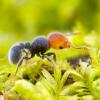
|
||
Anting →
Ant ID Requests →
Formica or Dorymyrmex ? Las Vegas, NVStarted by olrakbt , Aug 27 2020 |
|

|
||
Anting →
Ant ID Requests →
Crown Mountain, North Vancouver, BC, Canada 2019-08-14Started by proto , Aug 14 2019 |
|
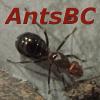
|
||
Anting →
Ant ID Requests →
Whistler, BC, Canada 2019-08-14Started by proto , Aug 14 2019 |
|
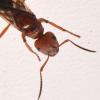
|
0 user(s) are reading this topic
0 members, 0 guests, 0 anonymous users



